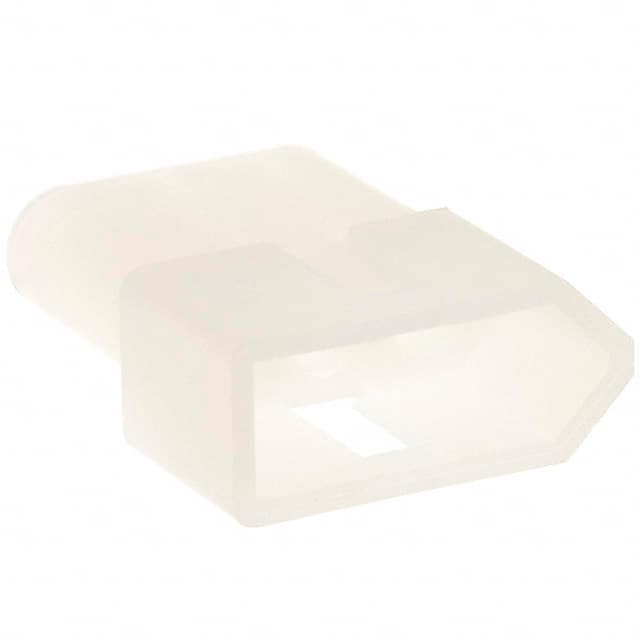A few observations here: If you exhibit trains at train shows, your fee for the space may involve an insurance policy. Generally it helps to know something about the NEC (Nat'l Electrical Code) and the UL (or equivalent) requirements. UL approved or listed equipment is often required. Minnesota is the most noted area for checking on train shows. The UL has a standard for toy train transformers. By tradition, the NEC has not regulated the low voltage output of these transformers except at the transformers. This is in contrast to the methods of wiring for other low voltage wiring found in the home: bell circuits and thermostat circuits, for example. But we with our electric trains have been considered responsible to keep our own wiring in order. In fact, the toy transformers are permitted to output higher currents than are seen in the regulated low voltage circuits. It is important to keep this trust.
So, in past there was a requirement for a breaker which could interrupt any current which the toy train transformer could output, and there was a limit on touch voltage, now agreed at 30 volts, AC RMS. With the approval of the Lionel bricks, the requirement for a breaker was eliminated, replaced with a requirement that the transformer reduce its output back to or below its rating within 60 seconds. The 135w and later 180w bricks had rated ampacity of 7 and 10 amperes respectively. The smaller had a short circuit output of 77 amps, which its small 10 amp relay could not reliably interrupt (most short circuits will have resistance and not equal the test value, a maximum).
I did not test the larger brick, simply taking its ratio to the smaller and assuming 110 amps short circuit; Gunrunner did tests and concluded it was about 100 amps. He also shared a circuit diagram for the control of its small overcurrent relay. I recognized this as a timer circuit intended to have some delay and possibly two stage in having only a small delay for a short circuit. The purpose of this delay would permit a downstream device capable of interrupting 100 amps to act before the small relay in the 10-ampere transformer destrotyed itself (contacts welded together or burned open). I have not found time to calculate these delays, and may have lost the circuit diagram. None the less:
The special connector enforces the requirement to connect to a downstream breaker device. The line-side shed lockon is obvious (it has a large but still sub-cycle contact). Less obvious are the MOSFET voltage controllers (except for some early 7-amp units mis-wired to not have the hot wire to create a detectable voltage drop at over 7 amps). The MOSFETs are so quickly overheated they have to be self-protecting at one cycle at most. These are also found in the new electronic ZWs. All these I saw used the same chip, and the same aluminum fin area for cooling down. So the 7-amp units had about 2 cycles of thermal capacity. The TPCs 300/400 are also acceptable as they apparently have magnetic output breakers. All this is in the instructions furnished.
So it happens that the UL label will be invalidated by cutting the special plugs off. Less well known is that the furnished instructions also must be followed. Now the TPC cables are unfortunately just that. Although, they (modified by a wire nut) are ideal for making the bolted fault used in the short circuit test. :-) Which brings us to the qualified person. Gunrunner is obviously one. But for most people, making a such a test has the danger of exceeding the touch voltage by mis-wiring. It is best just to accept that the short test current is 100 amps.
With that number, the maximum thermal output to the layout occurs when the current through a short is 50 amps and the drop within the transformer coil 9 volts. It is 450 watts (9x50) sent to the layout. Curiously, the ZW had about the same: 45 amps was the usual estimate, so (10x45) or again 450 watts. If this situation welds the contacts on the overload relay in the 180-volt brick, this will do some degree of damage quickly (only 8 amps will be added to the 15 amp panel breaker).
You should know that the form factor for alternate Z4000 output is about 1.35 (1.41 is the increased sine wave capacity for a 3 wire-number change, as from #14 up to #11. So that indicates #10 to run DCS this way, a not insignificant wire cost. I measured this on a club layout where the same #14 mistake had been made-- the pair of Z400s was at the soda bar, and the distribution panel 90 feet away on the serpentine benchwork. A pair of F3s with 2 Pulmor motors could not move a single passenger car at the farthest wire drop. Most of the club engines had can motors & this went unnoticed until a power company reduction of 5 volts on a very hot evening. (Only the 28-volt-rms envelope of the waveform is sinusoidal; the problem is more like 400-cycle distribution.)
Hope this clarifies the situation. Ask any questions you may have. --Frank








